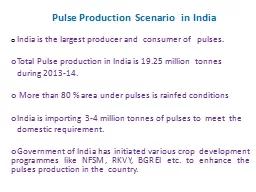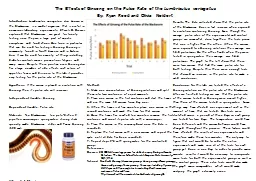PPT-Taking the Nation’s Economic Pulse
Author : queenie | Published Date : 2024-02-03
GDP A Measure of Output GDP A Measure of Output Gross Domestic Product GDP The market value of final goods and services produced within a country during a specific
Presentation Embed Code
Download Presentation
Download Presentation The PPT/PDF document "Taking the Nation’s Economic Pulse" is the property of its rightful owner. Permission is granted to download and print the materials on this website for personal, non-commercial use only, and to display it on your personal computer provided you do not modify the materials and that you retain all copyright notices contained in the materials. By downloading content from our website, you accept the terms of this agreement.
Taking the Nation’s Economic Pulse: Transcript
Download Rules Of Document
"Taking the Nation’s Economic Pulse"The content belongs to its owner. You may download and print it for personal use, without modification, and keep all copyright notices. By downloading, you agree to these terms.
Related Documents














